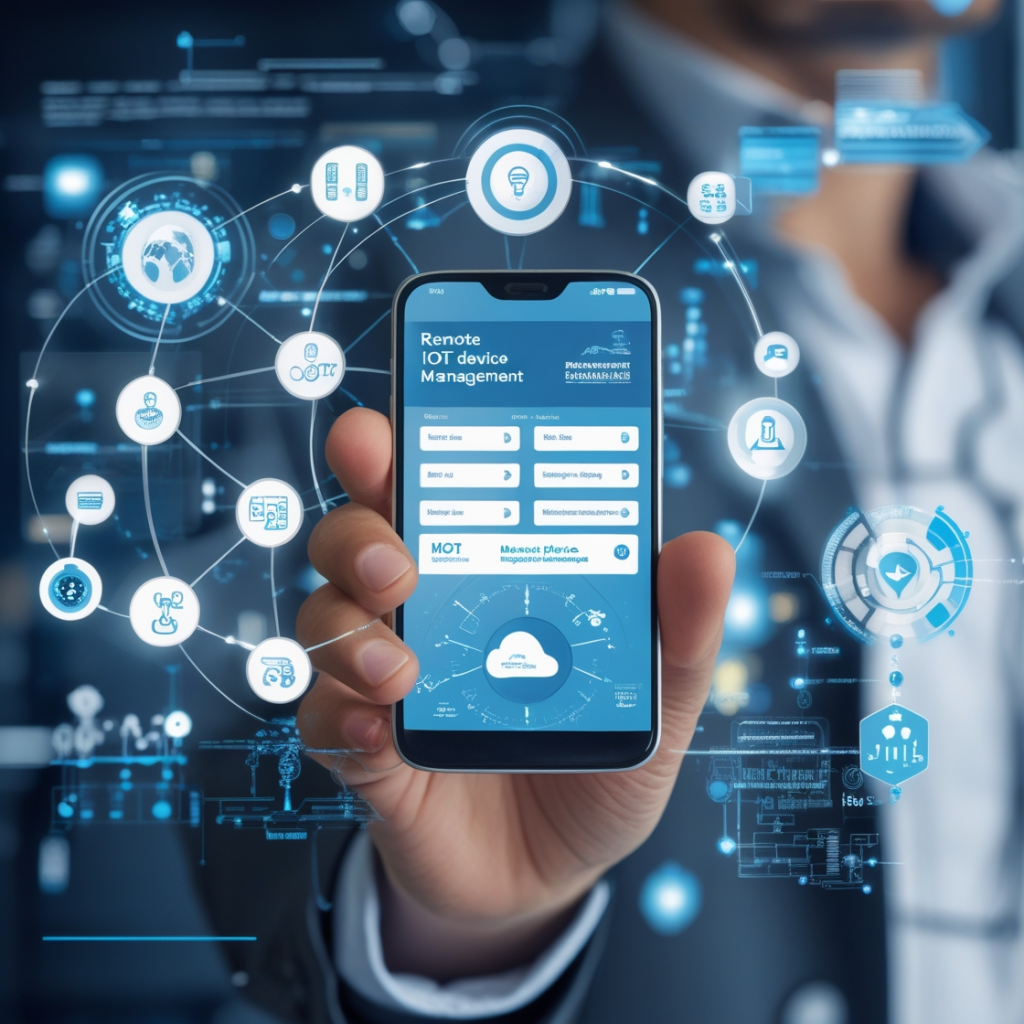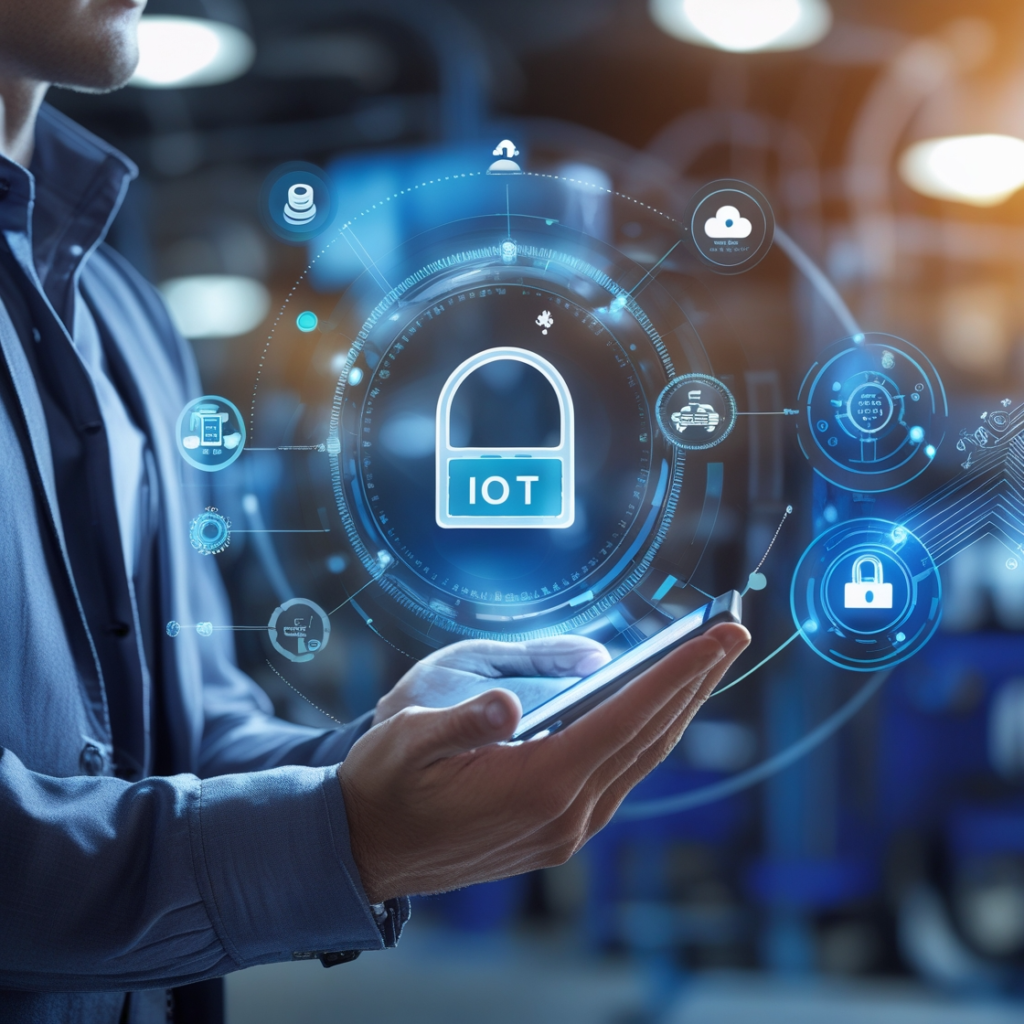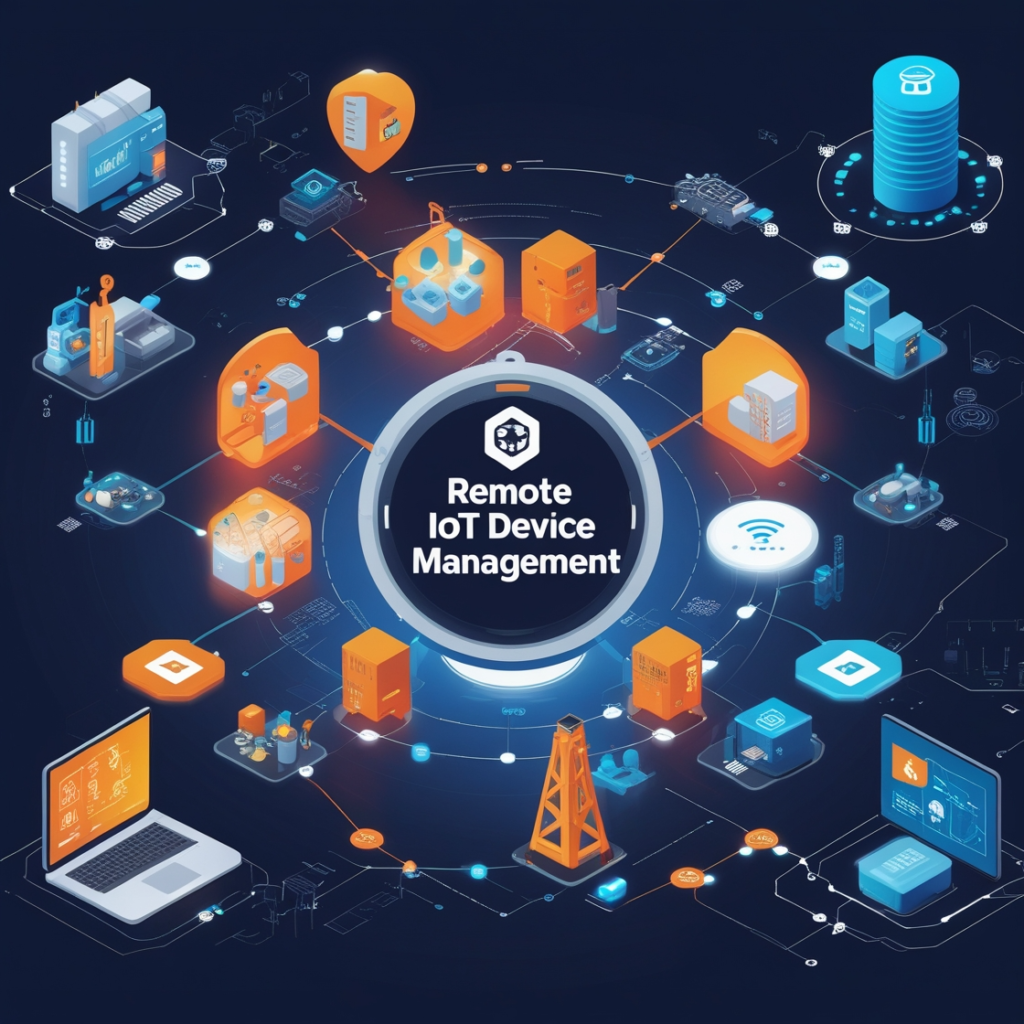In the modern landscape of interconnected devices, the Internet of Things (IoT) stands out as a revolutionary concept. It encompasses a network of physical objects embedded with sensors, software, and other technologies to connect and exchange data with other devices and systems over the internet. Remote IoT device management refers to the methods and practices for overseeing, monitoring, and controlling these devices from a distance. This is particularly crucial for industries where devices are deployed across vast geographical areas, ensuring operational efficiency and minimizing downtime.
Importance of Remote IoT Device Management
The essence of remote IoT device management lies in its ability to offer real-time insights and control over connected devices. This functionality is indispensable for industries like agriculture, healthcare, manufacturing, and logistics. In agriculture, for instance, remote management can help monitor soil moisture levels, crop health, and weather conditions, thereby optimizing resource usage and boosting yields. In healthcare, it enables continuous patient monitoring through wearable devices, ensuring timely medical interventions. The capability to manage these devices remotely enhances efficiency, reduces operational costs, and paves the way for proactive maintenance, thus preventing potential failures before they escalate into significant issues.

Key Components of IoT Device Management
Remote IoT device management is a multifaceted domain comprising several critical components. These include:
- Device Registration: The initial step involves registering the IoT devices with a central management system.
- Configuration Management: This involves setting up device parameters and ensuring they align with the intended operational guidelines.
- Firmware Updates: Regular updates to device firmware ensure that the devices remain secure and function optimally.
- Monitoring and Diagnostics: Continuous monitoring helps in diagnosing potential issues and resolving them promptly.
- Security Management: Implementing robust security protocols to protect devices from cyber threats is paramount. Each component plays a vital role in ensuring the seamless operation and maintenance of IoT devices, thereby enhancing overall system reliability.
IoT Device Connectivity
Connectivity is the cornerstone of IoT device management. It involves establishing and maintaining communication links between devices and the central management system. Various communication protocols, such as Wi-Fi, Bluetooth, Zigbee, and cellular networks, are employed based on the specific requirements of the application. Additionally, cloud-based platforms like AWS IoT, Microsoft Azure IoT, and Google Cloud IoT offer scalable solutions for managing large fleets of devices. These platforms provide robust APIs and SDKs that facilitate seamless integration and enable advanced functionalities like data analytics, machine learning, and automation.
Practical Use Cases
Remote IoT device management finds its application across diverse sectors. In smart cities, it facilitates the efficient management of utilities like water, electricity, and waste disposal. Smart grids, powered by IoT, enable real-time monitoring and management of energy distribution, thereby optimizing energy consumption and reducing costs. In the logistics sector, IoT devices help in tracking shipments, monitoring environmental conditions, and ensuring timely deliveries. The agricultural sector benefits from precision farming techniques that leverage IoT to monitor soil health, control irrigation systems, and enhance crop yields.
Security in Remote IoT Device Management
Security is a critical aspect of remote IoT device management. The proliferation of connected devices has expanded the attack surface for cyber threats. Implementing robust security measures is imperative to safeguard devices and data. Key security practices include:
- Encryption: Ensuring data transmitted between devices and the central system is encrypted.
- Authentication: Implementing multi-factor authentication (MFA) to verify the identity of users and devices.
- Regular Firmware Updates: Keeping device firmware updated to mitigate vulnerabilities.
- Access Control: Restricting access to devices and data based on user roles and permissions. These practices help in fortifying the security posture of IoT deployments and protecting them from malicious attacks.

Example Code for Remote IoT Device Management
import paho.mqtt.client as mqtt
# MQTT settings
broker = "mqtt.example.com"
port = 1883
topic = "iot/device/control"
# Define MQTT client
client = mqtt.Client()
# Connect to MQTT broker
client.connect(broker, port)
# Publish message to control IoT device
client.publish(topic, "Turn On")
# Define callback function for receiving messages
def on_message(client, userdata, message):
print(f"Received message: {message.payload.decode()}")
# Subscribe to topic
client.subscribe("iot/device/status")
client.on_message = on_message
# Start MQTT client
client.loop_forever()
In this example, we use the Paho MQTT library to establish communication between the central management system and the IoT device. The code demonstrates publishing a control message to the device and receiving status updates.
Future Trends in IoT Device Management
The future of remote IoT device management is poised for exciting advancements. Edge computing is set to revolutionize the landscape by enabling data processing closer to the source, thereby reducing latency and enhancing real-time decision-making. Artificial Intelligence (AI) and Machine Learning (ML) will play a pivotal role in predictive maintenance, anomaly detection, and optimizing device performance. Moreover, advancements in 5G technology will offer faster and more reliable connectivity, further enhancing the capabilities of IoT devices. The integration of blockchain technology will bolster security by providing a tamper-proof ledger for recording device transactions and data exchanges.
Conclusion
Remote IoT device management is an integral component of the IoT ecosystem. It offers unparalleled advantages in terms of operational efficiency, cost savings, and proactive maintenance. As IoT continues to evolve, so will the methods and technologies for managing these devices. Embracing these advancements will unlock new possibilities and drive innovation across industries. By leveraging best practices and staying abreast of emerging trends, organizations can harness the full potential of IoT and achieve transformative outcomes.


